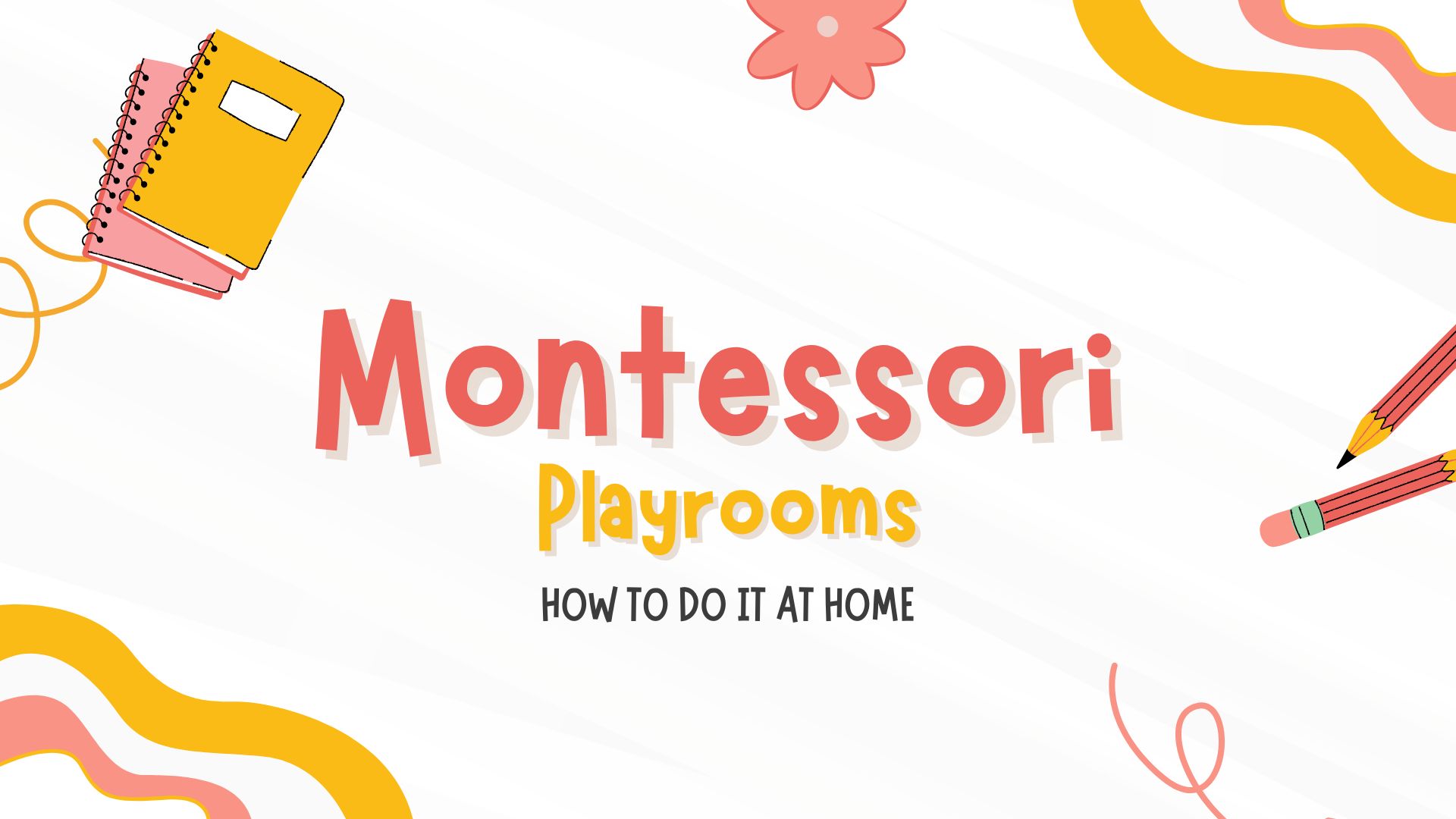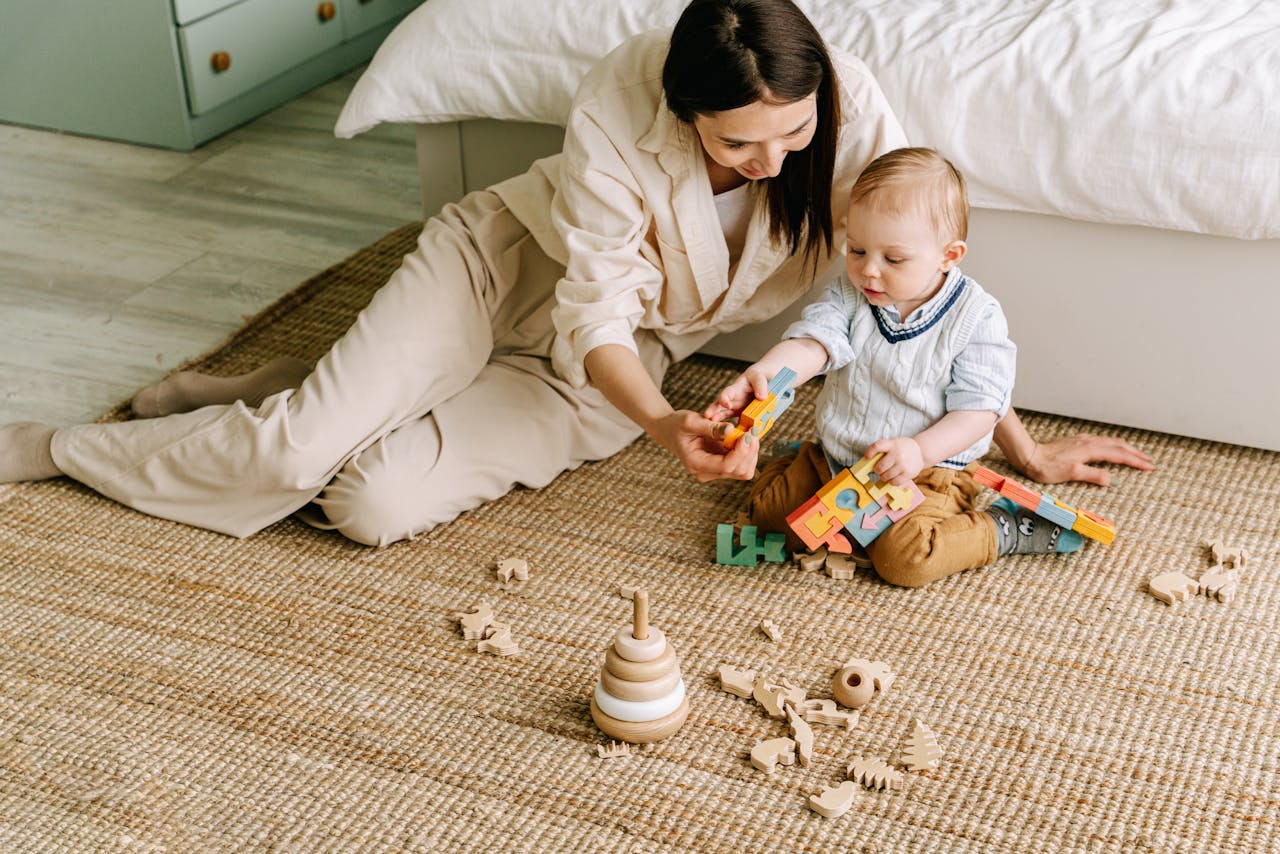🪑 The Montessori Way: Simplicity, Order, and Beauty
Walk into any authentic Montessori classroom or well-prepared playroom, and you’ll notice something consistent: calmness, order, and simplicity.
One of the most noticeable design elements?
Toys and materials built around simple geometric shapes.
Far from being plain, these shapes play a powerful role in helping children aged 3–6:
- Understand their physical world
- Learn through pattern, symmetry, and repetition
- Build foundational skills for literacy and maths
- Focus without overstimulation
Let’s explore why simple shapes are so central to Montessori play — and how you can use this approach to design a purposeful learning space at home.
🔺 Why Simple Shapes Matter for Young Children
Children in the preschool years are developing what Maria Montessori called the “absorbent mind.” They are naturally attuned to order, pattern, and repetition.
Simple geometric shapes:
- Provide predictable structure
- Are visually and cognitively accessible
- Encourage matching, sorting, and comparing
Through repeated interactions, children begin to form the building blocks of spatial reasoning, mathematical thinking, and symbolic understanding — all starting with the triangle, square, and circle.
🎯 Montessori Philosophy on Materials
In Montessori environments, materials are:
- Purposeful — Each item has a clear learning goal
- Self-correcting — Children can identify mistakes without adult input
- Visually calm — Limited use of colour and no visual clutter
- Natural or neutral in tone — To draw attention to form and function
Shape-based puzzles and toys fit perfectly into this design framework, encouraging concentration and exploration without overwhelm.
🧩 Example: Using a Simple Shapes Puzzle
A geometric puzzle might seem straightforward — but it’s a powerful learning tool when presented intentionally.
Here’s how it supports multiple domains:
- Maths: Recognising sides, angles, and classifying shapes
- Language: Naming shapes and describing positions (e.g. “next to the square”)
- Practical Life: Using a pincer grasp, placing pieces carefully
- Problem-Solving: Figuring out where each piece belongs through trial and error
At Frankie & Leo, our Geometric Puzzle uses Montessori-aligned colours and uncluttered layout to invite this kind of purposeful, self-led play.
👉 See the Geometric Puzzle Here
🛋️ How to Design a Montessori-Inspired Shape Play Space at Home
You don’t need to replicate a full classroom. A corner of your child’s room or living space can become a Montessori-informed play nook with just a few key changes:
✅ Use Low, Open Shelves
- Display 1–3 shape-focused toys or puzzles
- Keep space between items to reduce visual noise
- Allow your child to choose and return materials independently
✅ Choose Purposeful Materials
Opt for toys that focus on:
- Shape matching (puzzles)
- Shape construction (blocks)
- Shape sorting (trays or pegboards)
Avoid busy or multi-use toys that might distract from form and function.
✅ Focus on Calm Colours and Natural Light
- Choose soft hues inspired by nature
- Keep lighting warm and gentle
- Use rugs or baskets in neutral tones to ground the space
✅ Add Labels and Language
- Label shapes visually with names
- Use consistent shape language in everyday life (“Would you like the round plate or the square one?”)
🧠 A Word on Visual Clarity
Montessori philosophy discourages overstimulation because it can interfere with concentration.
By simplifying the visual field, especially with shape-based toys:
- Children can observe more carefully
- They’re more likely to engage deeply
- The play becomes more focused and productive
Think of it not as “less is more” — but rather, “clarity enables focus.”
📸 Inspiration in Action
We love seeing how parents style their playrooms and shelves using simple shape puzzles, calm colours, and clean lines.
Need ideas or want to share your own setup?
Follow us on Instagram and tag us in your Montessori-inspired spaces:
👉 @frankiexleo on Instagram
💬 Final Thought
Montessori playrooms aren’t about buying more — they’re about doing less, with more intention.
Simple shapes offer a timeless, powerful learning experience. They help children build:
- Visual logic
- Fine motor skills
- Pattern recognition
- The ability to focus deeply
With the right materials and an environment built for calm discovery, your home can become a beautiful space for growth — shape by shape.
📚 References:
- Montessori, M. (1967). The Discovery of the Child.
- Lillard, A. S. (2005). Montessori: The Science Behind the Genius.


